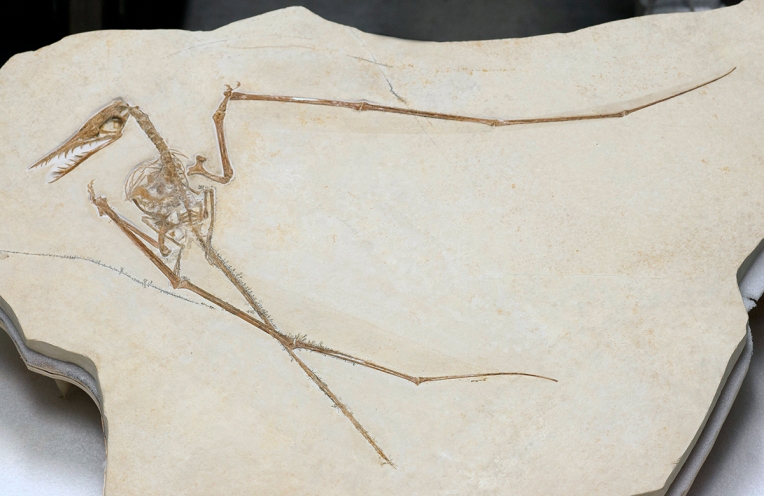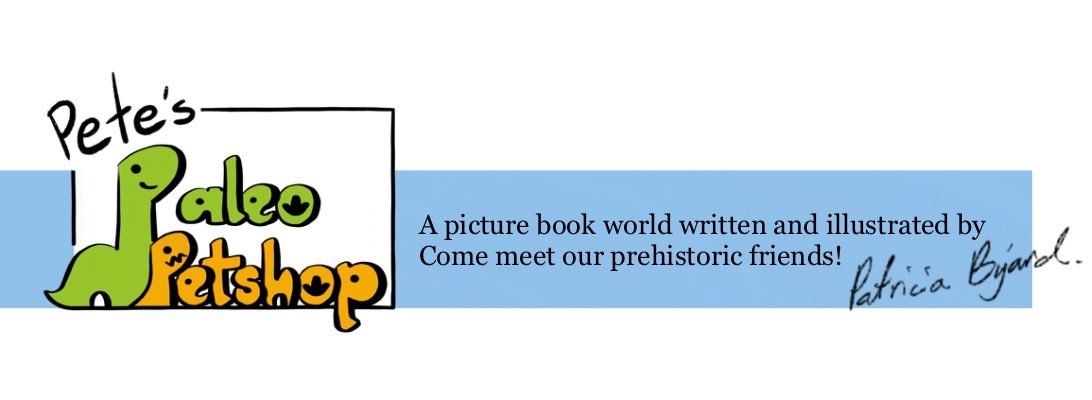Now we’ve put all the pieces together and figured out what they mean (sort of). We’ve done our best to cloth the muscle and bone with fatty tissue, skin, and maybe even feathers. Now we can really get wild.
But surely there’s no way to have any clues on behavior? It’s all just guesswork right?
Well no, fossils can leave behind clues even for how an animal lived. Here are a few ways we can speculate (or make an educated guess based on fossil evidence) how wild these critters could get. 🙂
Bones & Teeth
- Teeth can tell us a lot about what an animal ate, and the rest of the skeleton can give clues as to how it ate. For example: the slender, notched jaw of Dilophosaurus suggests that it usually ate fast, slippery prey.

- It’s not fool proof though, just look at pandas and fruit bats.
- Sometimes an animal that looks specialized in one thing is just specialized to survive during hard times. Example: seals that have teeth “specialized” for eating krill don’t only eat krill. They eat everything they can get their teeth on, with the added bonus of pigging out on krill when they can, just because they can.
Articulated Skeletons
- Sometimes animals are buried suddenly and quickly. In especially rare cases, these complete skeletons preserve “candid shots”, moments frozen in time by a collapsing sand dune, mudslide, or drifting down into a deep, cold lake.
- Click on the pictures for more info. 🙂
Track Ways

- There are many more tracks than bones, and they offer a unique look at prehistoric animals in action. Here are a few things we can learn from tracks…
- How they moved
- How fast they moved
- How different animals interact (like traveling herds, or pursuit of prey)
- Swimming pterosaurs! There are many tracks of the flying critters swimming. Interestingly enough, the tracks only have back paw prints.

Other Trace Fossils

- Fossil dino poo is even better at telling us what a dino ate than its teeth. The only problem is figuring out who it came from (unless you have a fossil of an animal mid-poop!)


- Dino burrows give great insight into the social nesting behavior of some dinos.
- Nests, teeth marks on bones, and dino bottom prints (true story) are all great clues left behind by living prehistoric animals. Put together, they offer a glimpse into the animal’s story.
Modern Family
- Since crocs are living relatives of dinosaurs, and birds are dinosaurs, then they are a great place to look for clues. Take a closer look, and we may get a glimpse of exactly how strange, beautiful, and wonderful dinosaurs could be.
- The croc family may look tough and mean, but here are a couple of normal behaviors that show how gentle and social they can be.
- Here are a few funky bird dances. Bright colors not required. 😉
Quick Question: Which was your favorite dancing bird? How do you think looking at modern animals like these can inspire our vision of prehistoric animals? I’d love to hear from you in the comments! 🙂
Fleshing out the Bones Series:
- Part 1: The Miracle of Fossilization (the crazy hard obstacle course from death to museum)
- Part 2: The World’s Toughest Jigsaw Puzzle (making a mounted skeleton out of bits and pieces)
- Part 3: Here’s the Easy Part (figuring out muscle and other fun anatomy)
- Part 4: Let’s Put Some Skin on That (how much we know, and don’t know, about the soft stuff)
- Part 5: Time to Get Wild! (how we can guess about behavior, and how crazy it can get!)
- Part 6: Uncharted Waters (all about the big picture. No animal lives on a blank sheet of paper)








The bird of peridice is my favorite
LikeLike
So lovely and cute
LikeLike
Sorry about the dubble post on the thread ofabout the fish 🐠. I thought the first comment did not post
LikeLike
Hi Brownie! Haha, I like the thought of longnecked dancing sauropods. Especially a couple of super long-necked mamenchisaurus 😛
And there are many track ways of sauropods traveling in herds. 🙂 The question then is under what circumstances they would be traveling together?
– all the time?
– seasonal migrations?
– family groups?
– bachelor vs. mothers & juveniles?
– herds segregated by age?
– was it breeding season?
These are some of the many reasons animals travel in herds. As you can see, it’s never as clear cut as we might first think. That’s what keeps paleontology interesting! 😀
LikeLike
Wow, I didn’t know alligators did mating displays too. ^^ I thought the great argus pheasant’s dance was pretty cool, and I can envision a raptor doing something like that (if it had big enough wings). I also liked the chilean flamingo’s dance, though. Imagine a herd (if that’s what you call it) of longnecked dinosaurs doing something like that. 😛 I’m not sure if I’ve asked this before, but I wonder if they lived in big groups or not?
LikeLike